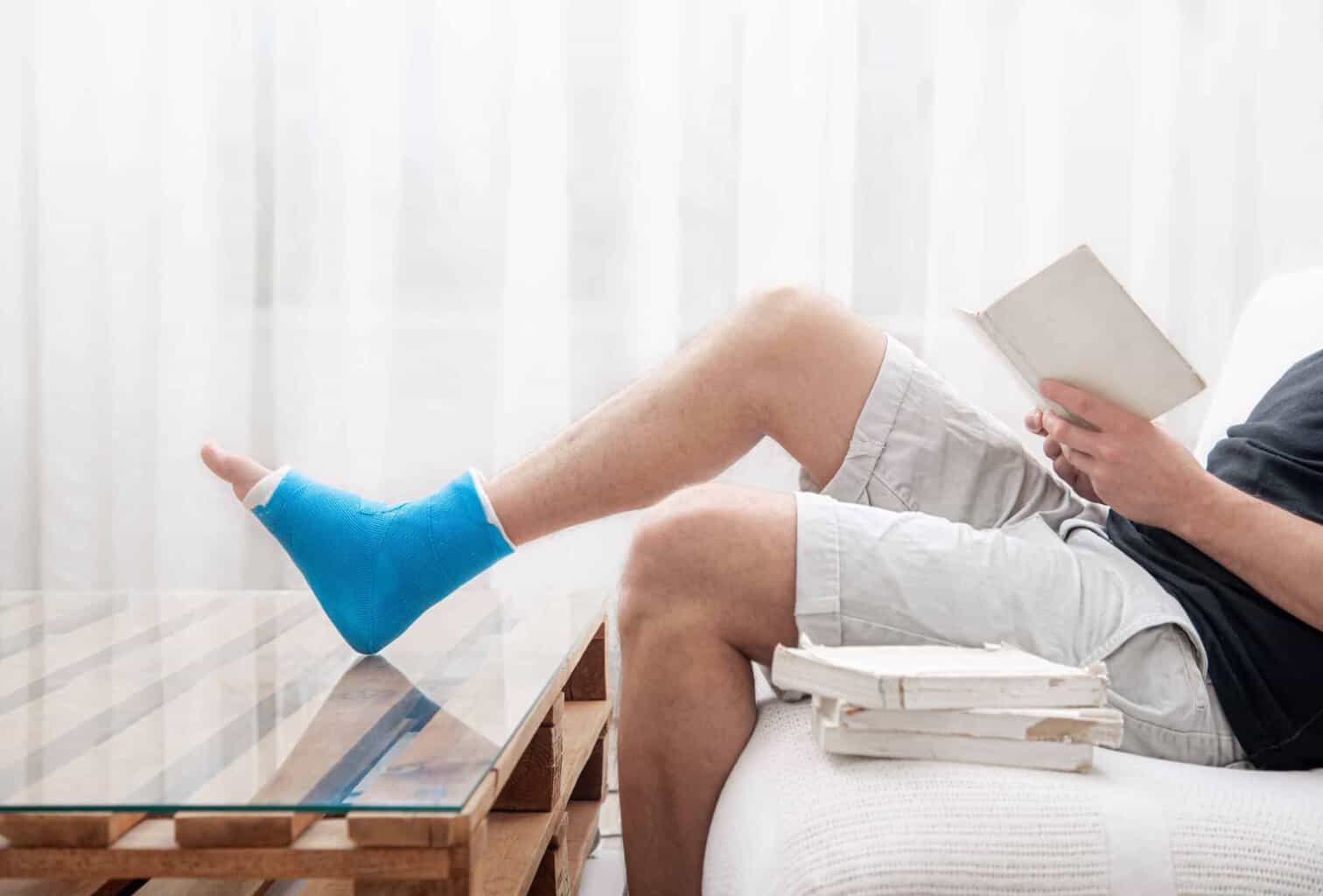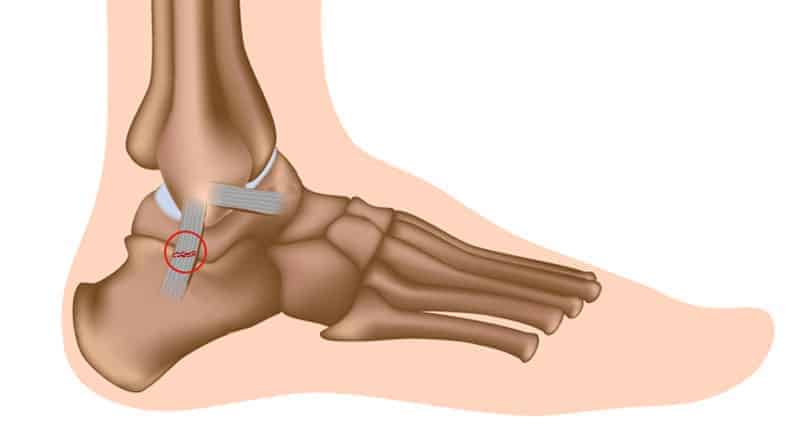Pott’s Fracture: Rehab Pilates

Ankle injuries are some of the most common injuries seen by physiotherapists in most people, especially sportspersons who use their legs a lot. Although a sprained ankle is a relatively mild injury, they are not always well managed. Inadequate rehabilitation can lead to a chronically painful ankle, reduced functional ability, loss of balance and an increased risk of re-injury. Care needs to be taken to avoid missing the less common causes of ankle pain like fractures and muscle strains. In this blog, we discuss Pott’s fracture and the case study of a mountaineer who suffered from it just before an important event.
What is a Pott’s Fracture?
The ankle joint consists of 3 bones namely the tibia and fibula of the shin bone and the talus of the foot. The articulation of the inferior surface of the tibia and the superior surface of the talus forms the main hinge of the ankle. The lateral and medial malleoli, the bony protrusions on either side of the ankle, provide stability to the joint.
A Pott’s Fracture is a break in either of the malleoli of the ankle. It is often caused by an impact from falling from an elevation. During activities such as landing from a jump (volleyball, basketball), a certain amount of stress is placed on the tibia and fibula and ankle joint due to the weight-bearing component. When this stress is traumatic, and beyond what the bone can withstand, a break in the medial or lateral malleolus may occur. Also, activities involving a sudden change of direction, such as football and rugby, can cause fractures around the malleoli.

A Pott’s fracture often occurs in combination with other injuries such as an inversion injury, a dislocation of the ankle, or other fractures of the foot, ankle, or lower leg. Pott’s fractures can vary in location, severity, and type including displaced fractures, un-displaced fractures, bi-malleolar fractures, or compound fractures. It results in severe pain and varying degrees of swelling and disability.
Depending on how bad the fracture is, it requires an open surgery where the tibia and talus are pinned and plated.
Case study: Pott’s Fracture
A man in his early 30s was training for climbing Mount Everest. He was an avid mountaineer for many years and was part of a boot camp for an imminent expedition. During one of the activities, he had to climb a 6 feet wall with the help of a rope and then jump across and land on the other side. As luck would have it, he landed incorrectly and ended up fracturing his ankle, quashing his hiking plans. He had to undergo surgery. Pin, plates and wires were inserted to realign his ankle joint.
For 6-9 weeks he wasn’t allowed to weight bear on that leg. He was using crutches to move around. While the ankle was healing, it also became stiff due to lack of movement. And the muscles of the entire injured leg had switched off due to inactivity.
While he was still on bed rest, we started Rehab Pilates for him. Not many people know this, but the core is connected with the movement of our lower limbs. As the legs bear the weight of the torso, the joints from the hips to the knees to the ankles are all affected by the strength and conditioning of the core. Thus, we began with core activation in supine along with flexion and extension of the knee, followed by strengthening of the gluteus maximum in side-lying.
Once his cast came off, we aided him with ankle, hip and knee mobility exercises. It was important to train the tibialis anterior, calf muscles and small intrinsic muscles of the foot. Gradually when he was allowed to weight bearing on that foot, we did close chain exercises. Working on balance and proprioception was key to gaining confidence in his movements. After that, we added challenges by doing single-leg work and using unstable surfaces to gain stability.
Conclusion
Although his mountaineering dreams were thwarted, he gained full mobility and strength in his ankle within a few months. Healing is a gradual process.
There is no shortcut to a stronger and fitter body. It takes time and patience and a lot of hard work. And sometimes even strong people end up injuring themselves by accident. The only benefit for people with a well-conditioned body is that they may heal faster because of muscle memory. When guided by expert professionals, you can heal optimally and feel as good as new. Rehab Pilates can work wonders for many conditions. Contact us to know more.
